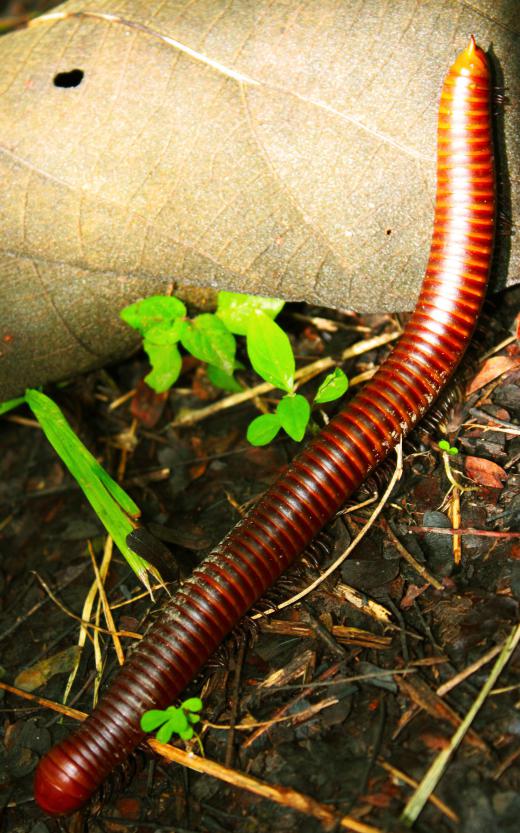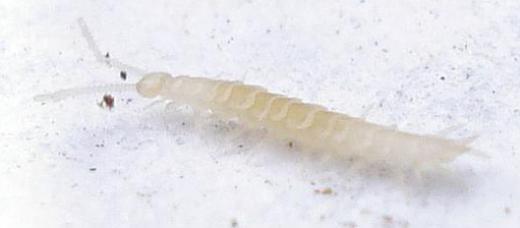What are Some Extinct Arthropods?
 Michael Anissimov
Michael Anissimov
Arthropods are a huge animal phylum which includes crustaceans, arachnids, myriapods (millipedes and centipedes), insects, and their close relatives. With over a million described species, arthropods make up 80% of all living species. If aliens visited Earth and were required to take a sample of a "typical Earth animal," they'd take an arthropod.
Though there are millions of arthropod species alive today, there are many additional millions of extinct arthropods which died out throughout the 600 million year history of multicellular life. Paleontologists have dug up a few tens of thousands of these extinct arthropods as fossils, and done their best to analyze what exactly they looked like and how they lived. A tremendous amount of knowledge has been uncovered, and now we know about many species of extinct arthropods which haven't been alive for hundreds of millions of years.

Arthropods are one of the many phyla that emerged around the Cambrian-Precambrian boundary, 542 million years ago. In fact, a growing body of evidence shows that arthropods may have emerged even prior to this, in the Ediacaran period, 555 million years ago or more. Diplichnites and Parvancorina are two early arthropod candidates. Arthropods are thought to have split off from the velvet worms (onychophorans) in the late Precambrian. Some of these segmented early forms of extinct arthropods appear like primitive trilobites.

The most famous of all extinct arthropods is most certainly the trilobite, the shield-shaped arthropod that was very successful in the Cambrian before going into a deep decline. Trilobites may have been outcompeted by early fish, which were more intelligent and had faster metabolisms. Trilobite fossils are so numerous that you can buy them for a few dollars on eBay and other fossil sources.
Another early arthropod was the eurypterids, sea scorpions which emerged during the Cambrian and went on to exist for the rest of the Paleozoic, eventually giving rise to land scorpions before going extinct. Some of these sea scorpions, like Jaekelopterus, reached 2.5 m (8 ft) in length, larger than a man.
Arthropods were the first purely terrestrial land animals to leave fossils, as evidenced by the discovery of a 428 million year old fossil millipede, Pneumodesmus newmani. Within 10 million years, centipedes also appear in the fossil record. These animals probably evolved from aquatic versions which snacked on sponges and small crustaceans.
As plants colonized the land, arthropods went with them. It was more than 50 million years before fish evolved legs and began to walk around on land, becoming amphibians, and preying upon the arthropods. During this same time, about 375 million years ago, larger arthropods began to evolve, their bodies made possible by the high oxygen levels in Earth's atmosphere. Because arthropods lack a closed circulatory system, their size is limited by the oxygen they can passively absorb.
During this period, called the Carboniferous because of all the coal deposits the forests of the time left behind, there existed relatives of dragonflies, like Meganeura with two foot wingspans, and a relative of millipedes, Arthropleura, which reached about 2.5 m (8 ft) in length, tying with the ancient sea scorpions for the title of largest known arthropod.
AS FEATURED ON:
AS FEATURED ON:












Discuss this Article
Post your comments